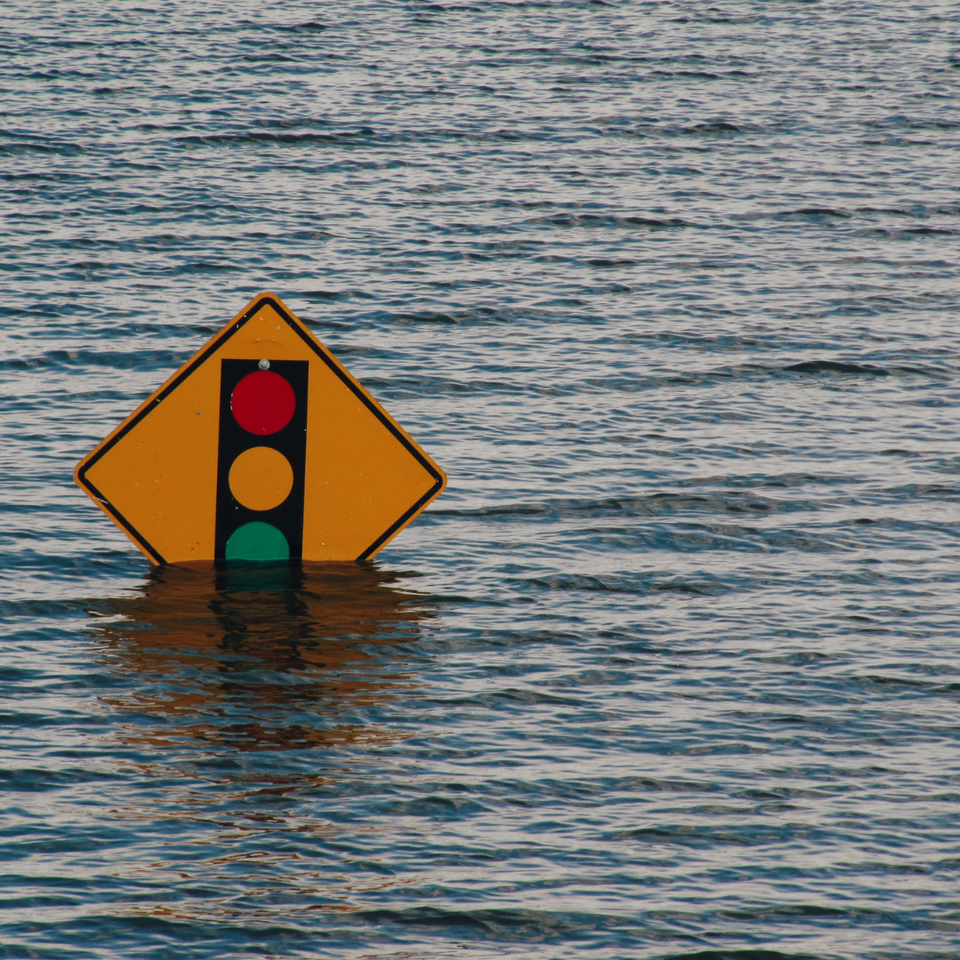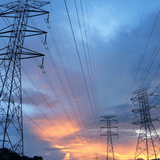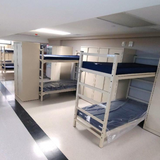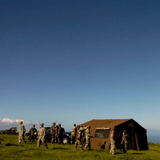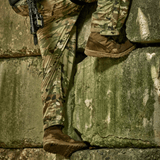Building a Medical Kit For Disaster Emergencies
Some of the most devastating emergencies that can strike you and your family come from nature itself. From hurricanes, floods, fire, ice storms, or mudslides — the elements can truly ravage your home and leave you in the midst of an unexpected medical emergency.
That’s why it’s always a good idea to have a medical kit for disaster emergencies. With the right medical kit, you and your family can weather the storm and take care of any immediate injuries while waiting for the roads to clear so you can seek out more thorough medical attention.
How do you build a medical kit for disaster emergencies? Let’s dive into everything that you need to know.
Common Types of Injuries From Natural Disasters
There are a number of different types of injuries that can be incurred from disaster emergencies. The type of injury you or a family member could suffer depends on the type of disaster that you may be facing. In almost all natural disaster emergencies, mortality is a possibility, which is why a medical kit to stabilize injuries in the midst of a disaster is important. Other common injuries include:
- Fire: Eye irritation, smoke inhalation, burns, and increased mortality risks from burns or smoke validation.
- Mudslides: Trauma from falling debris or rushing water, bruises, lung injuries, suffocation, injuries or illnesses from broken sewage or electrical lines, lack of access to roads or access to medical care.
- Extreme Temperatures: Contusions and fractures due to falls, stroke, renal failure, sepsis.
- Earthquakes: Instant death, severe trauma from falls or force, asphyxia, shock, spinal column fractures
- Floods: Cuts and lacerations from falls, sprains, infections, communicable diseases.
- Storms (including hurricanes, tornadoes, ice storms, etc.): contusions, cuts, falls, sprains, lacerations, drowning, trauma, burns and electrocution due to damaged electrical wiring, blunt trauma.
Even in the aftermath of a natural disaster during clean up or assessments ankle, knee sprains and chainsaw injuries are noted among the most common injuries that you can face. There is also a danger of stepping on sharp debris such as nails while clearing debris or walking along the roof.
You may not be able to control the type of disaster emergency that you can face, but you can create a medical kit that will help you to be prepared for most emergencies.Consider the types of disasters that your location is prone to face and prepare accordingly.
What Goes Into a Disaster Emergency Medical Kit?
Your disaster emergency medical kit serves as a first aid kit both during and after a natural disaster related emergency. You will need the right equipment to help stabilize major injuries, as well as care for minor injuries. This may include:
- Bandages and Compression. Rolls of bandages and gauze are important for wrapping any open wounds. If someone is actively bleeding, compression wrapping can help to stem the flow of bleeding, as can tourniquets in extreme situations.
- Burn Dressing can both wrap and soothe burns. Cold compress can also help to reduce swelling.
- Epipens. Epipens can help in the case of emergency allergic reactions. In the midst of a natural disaster, you may not be able to reach hospitals for medical care, and if you have extreme allergies, it is important to have epipens nearby..
- Medical or Duct Tape.Adhesive medical tape can help to keep bandages wrapped over the wound and also work as compression to stop bleeding in a pinch.
- Antibiotic Ointment Packets. Antibiotic ointment can soothe a wound or burn, but it can also help to prevent infection. This often comes with premade medical packs as a staple for most emergencies.
- Aspirin. If you’re dealing with injuries and unable to reach a hospital, pain relief can be important for keeping a clear head and making the waiting period more bearable. Both Ibuprofen and regular aspirin are needed for use in pain management. Emergency Blanket. If you have an issue with exposed shelter in the midst of a disaster, an emergency blanket can help to keep you warm, fight off hypothermia or shock, and block you from wind. A silver, metallized emergency blanket may be helpful to signal for help.
- Breathing Barrier. In the midst of floods, infections or communicable diseases might be common. A breathing barrier has a one-way valve that allows you to administer CPR without actual mouth-to-mouth contact, keeping communicable diseases at bay.
- Nonlatex Gloves. In the midst of a natural disaster, it can be difficult to keep everything sterile. Nonlatex gloves can help you to administer needed first aid while keeping your supplies sterile.
- Thermometer. A thermometer is necessary for monitoring health and temperature, especially in the event of infections or viruses during an emergency.
- Splint and Elastic Bandages. Since more common injuries are from sprains and breaks these are necessary items in any disaster first aid kit. Adding some ice packs will be a big help.
Some other examples of things to include in your medical kit include:
- Tweezers
- Cravat or Triangle wrap
- Quikclot if the activity requires
- EMT Shears
- Larger abdominal bandages or wraps
There are also a number of accessories and extras you might consider adding to your kit like pulse oximeters, a head lamp, casualty cards and a mini marker in case you need to quickly jot down medical scenario information for emergency medical personnel before they arrive.
Everything listed above are typical supplies but you may still need more specific gear. Your unique situation might call for specific medication to keep on hand or items for a particular chronic ailment. Evaluate your true needs and the needs of those who might need the kit as well while building your bag.
Remember To Consider Skillset
While you are preparing a kit that will most likely stay somewhere in case of an emergency, consider your skillset or those in your household or party when picking supplies. Although you may not have the skills to use one or more of the supplies in a kit, you could still supply them as someone else may be able to use them in a true disaster emergency. Since disasters often bring more unexpected emergencies and injuries, it’s never bad to be prepared for anything.
Recommended Medical Kits For Disaster Emergencies
You may be able to find a good medical pack that’s premade for your disaster emergency needs but most store bought kits we find are superficial at best and may only be good for a base. Choosing a kit for your needs, skill level and probable emergencies are the best place to start.
For Larger group needs the STOMP Emergency Medical Kit is a long-running favorite among trained civilians and off duty EMS allowing for easy customizations to fit specific needs and skill sets. This pack offers plenty of room to add more gear and even IV kits if needed while covering the basics for most larger groups during a disaster.
This durable kit includes the supplies you need for first aid, as well as treating trauma in the midst of a disaster emergency. Trauma supplies and water packs are within easy reach in the front pockets of the medical kit, so you don’t have to fish around for the most urgent needs.
When building any kit, it’s important to consider placement as much as the supplies themselves. More urgent & life-saving supplies should be within faster and easier reach while extra supplies could be stowed deeper into the kit or bag. Especially when building a more comprehensive kit, this could save precious seconds during true emergencies.
Another tip for kit organization is to keep certain needs in their own sections or smaller pouches within a larger kit. For example, bleed stop and gauze can be kept in their own section while airway and breathing supplies can be kept in their dedicated place in your kit. Getting familiar with the layout of your kit is just as important as having everything you need.
You might also be better off with a smaller kit, such as the Enhanced Rapid Response First Aid Kit. This kit is designed specifically as a mid size kit for emergencies from disaster to work such as bleeding, breaks and sprains, and burns. The supplies are less vast than the STOMP kit, but may have exactly what you need so you don’t have to wade through any excess.
Disaster emergency medical kits are not just useful for the disaster itself, but for the aftermath. It can be days or weeks before roads can be accessed after an emergency. Some extreme natural disasters can leave you without a home or reliable place of shelter. A medical kit for disaster emergencies is designed to help get you through the aftermath until you can return to your regular life or seek more thorough medical attention. Consider your family’s needs for a medical kit in the event of disaster emergencies and purchase or buy a pack from there.
Looking for a good medical kit, or medical kit supplies, so you can be prepared for disaster emergencies? Check out our shop at Army Navy Outdoors today to find the equipment you need.

